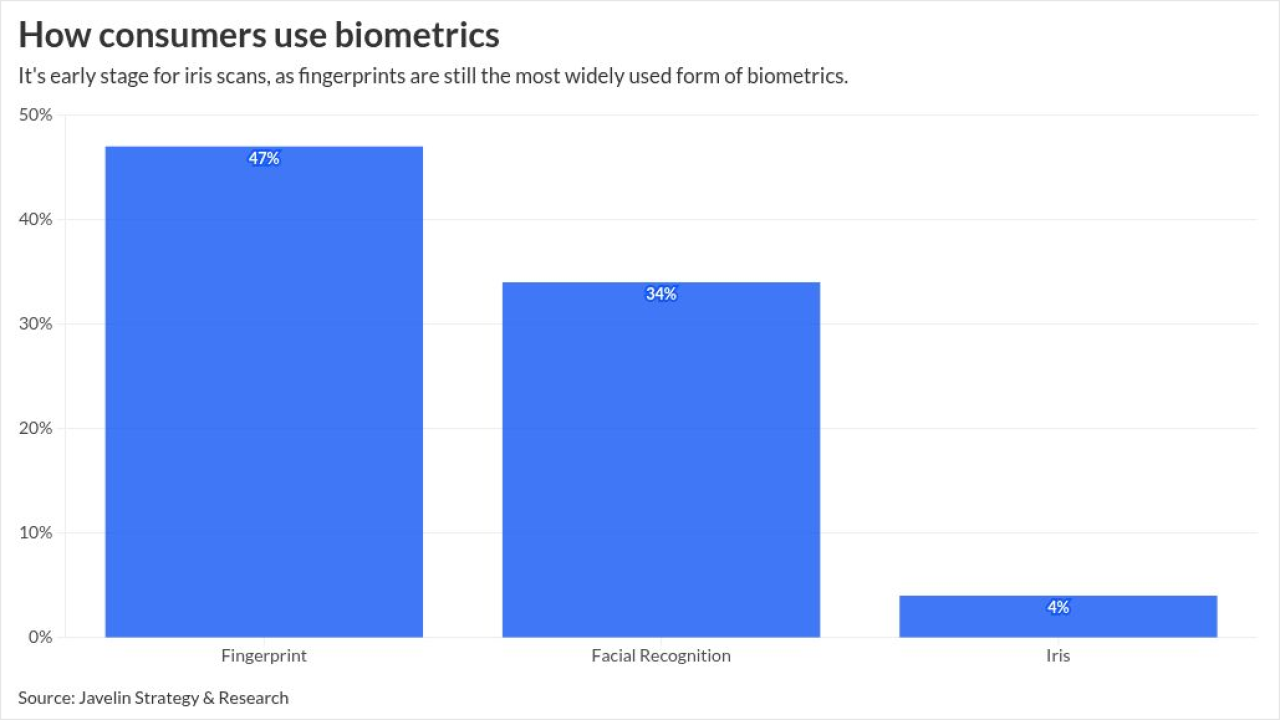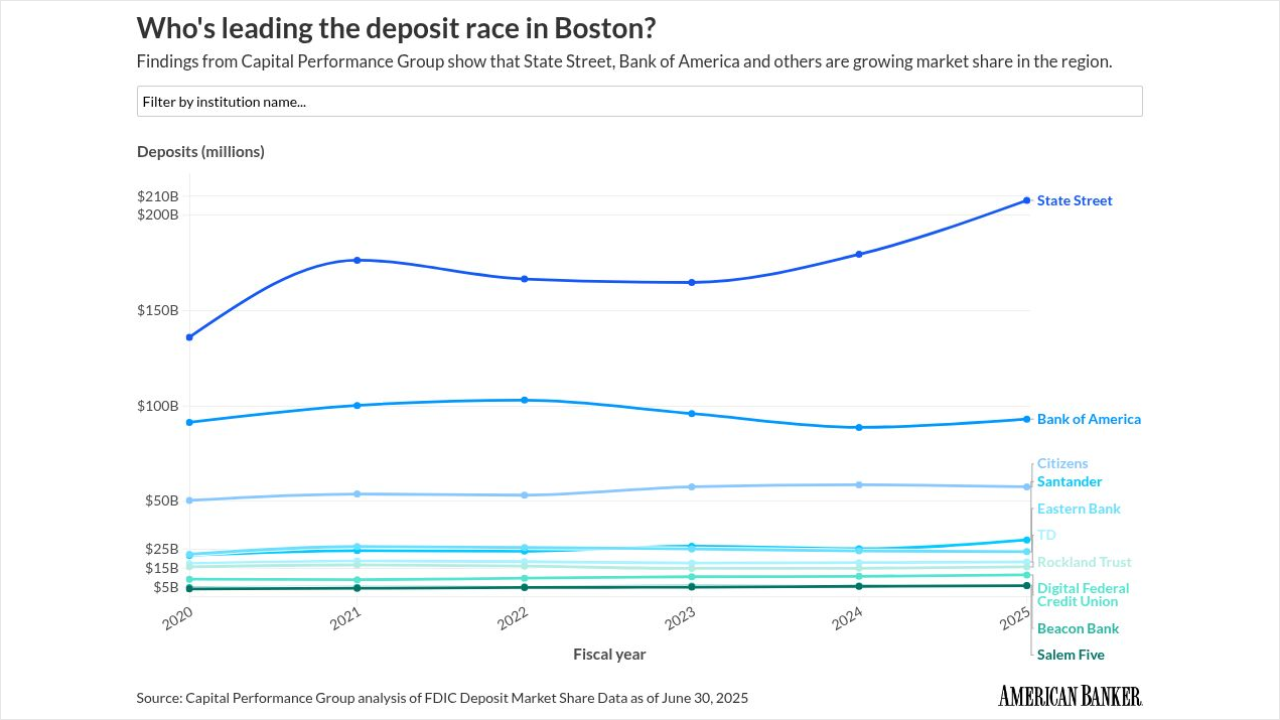- Key insight: JPMorganChase saw strong dealmaking and trading boost profits in the third quarter.
- Forward look: The company specified some of its earnings guidance for 2025 amid solid results in the investment banking business.
- Supporting data: Investment banking fees rose 16% from the prior year, to $2.6 billion.
UPDATE: This story includes new commentary from analysts and JPMorgan executives.
The country's largest bank by assets announced Tuesday that it logged $14.4 billion of net income in its most recent quarter, as a summer of busy dealmaking and initial public offering conditions that were "as good as you could hope for" drove revenues past expectations, said Chief Financial Officer Jeremy Barnum.
Still, CEO Jamie Dimon reiterated his concerns about potential threats to the economy.
"While there have been some signs of a softening, particularly in job growth, the U.S. economy generally remained resilient," Dimon said in a prepared statement Tuesday. "However, there continues to be a heightened degree of uncertainty stemming from complex geopolitical conditions, tariffs and trade uncertainty, elevated asset prices and the risk of sticky inflation."
Investment banking revenues were up 16% year over year, beating the bank's guidance of a low-double-digit percentage increase. As
The $4.6 trillion-asset bank brought in $5.07 in diluted earnings per share in the third quarter, which ended Sept. 30, again beating consensus analyst estimates of $4.81.
Barnum said that, going forward, the environment and the results in investment banking are still "very upbeat."
"It's a pretty supportive environment, but as you well know, that can change overnight," Barnum said.
Lower interest rates and deposit margin compression kept year-over-year net interest income excluding markets relatively flat, but the bank said the economy and consumer health continued to show strength.
"Consumers and small businesses remain resilient based on our data," Barnum said. "We are closely watching the potentially softening labor market. Our credit metrics, including early-stage delinquencies, remain stable and slightly better than expected."
While the company saw above-predicted credit costs, with $2.6 billion of net charge-offs and a reserve build of $810 million, Barnum said that aside from a "couple instances of apparent fraud" in certain secured lending facilities, credit performance was in line with
One of those instances
The bank's total credit costs of $3.4 billion were up 9% from the prior year, and up 19% from the second quarter. But
"Once again,
Peter Nerby, Moody's Ratings senior vice president of the financial institutions group, in a prepared statement. "These fundamentals, together with the bank's strong capital position, underpin its credit strength and the positive outlook on its ratings."
The company's stock is up some 28% year to date, compared with the KBW Nasdaq Bank Index's rise of 18% this year.
Even though
In consumer and community banking, average deposits remained flat, but client investment assets rose 15% from the prior year. Loans in the business unit increased 1% from the same period last year, but debit and credit card sales volume ticked up 9%. Home lending was still depressed, down 3% from the prior year, but card services and auto business, combined, were up 12%.
Security backdrop
The earnings news comes on the heels of
Last week, President Donald Trump announced he would impose a 100% tariff on goods from China after the country said it would more strictly control exports of items that use traces of rare earths, along with the technology for processing them.
"It has become painfully clear that the United States has allowed itself to become too reliant on unreliable sources of critical minerals, products and manufacturing — all of which are essential for our national security," Dimon said in a statement Monday announcing the bank's target. "We need to act now."






